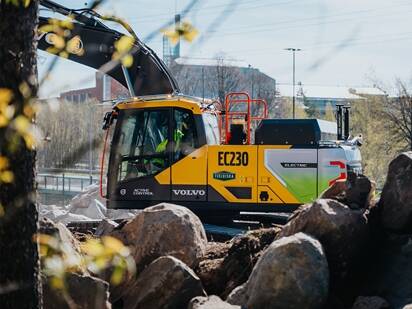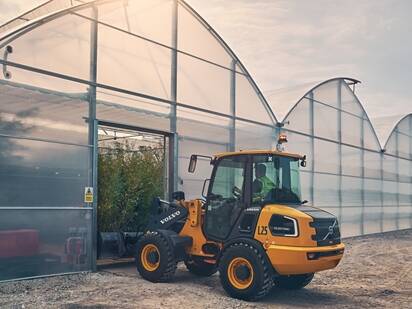
Partnering for change with cities and municipalities
We believe that for a truly successful electric transformation within construction equipment to happen, we need all the enabling conditions to be in place. This means that we not only need reliable electric technology and charging solutions, but we also need elements like government incentives and regulations to encourage more widespread adoption.
The power of policymakers and municipalities to help drive this change cannot be underestimated. They play a vital role in driving awareness of the low carbon benefits of switching to electric construction equipment, namely reduced air pollution and a lower impact on the environment. But they can also help by demanding low carbon technologies like electric machines are put into the tenders for city construction jobs.
In addition, low emission zones, which serve to discourage the most polluting on-highway vehicles such as passenger cars, are now increasingly common across European cities. However, these zones do not currently include off-highway vehicles such as construction equipment. Policymakers can help to change this.
Furthermore, cities and municipalities often have their own sustainability targets which they need to meet. Electric construction equipment – alongside other zero exhaust emission vehicles like trucks and buses – can help achieve those climate goals.
Compact electric machines offer some of the biggest potential for cities to reduce their carbon impact. Their nimble size and low noise make them ideal for inner-city construction, utility works or building and demolition, both inside and outside. But there is also a role for larger mid-size electric machines to deliver on the more demanding earthmoving or site preparation jobs. When supported by reliable charging solutions, these electric machines provide cities and municipalities with the high levels of productivity they need with the benefit of a reduced carbon footprint.
But the speed at which electromobility is being adopted depends on several factors beyond the availability of more sustainable solutions. We need fossil-free energy, reliable infrastructure, incentives and regulations, as well as a solid supply network. If one of the elements in that coordinated effort is missing, we will not achieve a low carbon future.
The will among many municipalities is there. Take for example C40, a global network of nearly 100 city mayors worldwide, and Eurocities, a partnership of over 200 major European cities, which both call for collaboration to limit global warming and cut cities’ carbon emissions.
Our electric transformation cannot be achieved alone. Partnership with municipalities is essential to building the ecosystem and adoption we need for electric technologies to thrive.

Our electric construction equipment




























